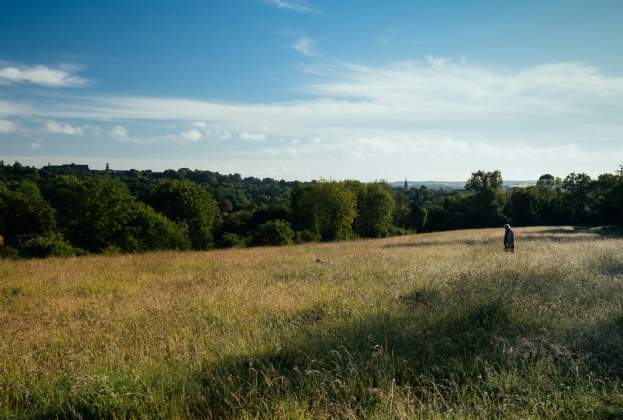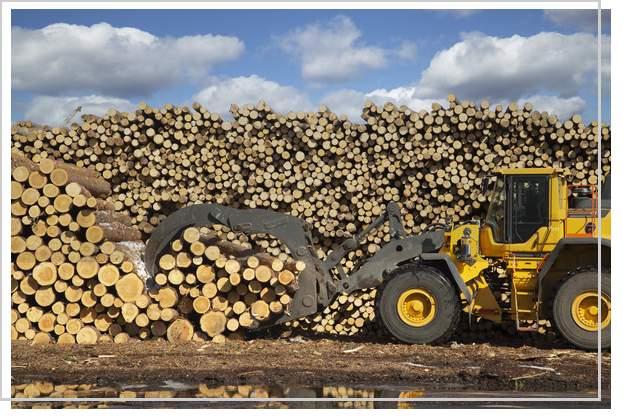Stamp duty continues to be an important and growing revenue raiser for the Treasury despite static sales volumes and the abolition of stamp duty for the majority of first-time buyers in the autumn budget in November 2017.
A record £9.5 billion was raised from residential property sales in 2017, a 16 per cent increase on 2016 and more than doubling receipts over the past five years. This is despite Scotland now sitting outside the figures, with sales north of the border being subject to a separate system, the Land and Buildings Transaction Tax (LBTT), collected by Revenue Scotland.
The introduction of the three per cent stamp duty surcharge for additional homes, in April 2016, has proved a good earner for the Treasury, alone raising more than £2 billion, over a fifth (21 per cent) of total receipts. Without this contribution, receipts would have been around £7.5 billion, the same level they were in 2014.
Over 245,000 house purchases were subject to the three per cent surcharge, which, given the fall in mortgaged buy-to-let transactional activity, indicates that the cash-funded buy-to-let market has remained pretty strong.
People buying a new main home before selling their previous home, effectively owning an additional home for a short period, are entitled to a refund. However, there were only such 15,700 refunds over the course of 2017, just 6.4 per cent of all transactions attracting the surcharge.
Perhaps most interestingly, the latest figures show the impact of the abolition of stamp duty for first-time buyers (up to £300,000 in the UK as a whole, £500,000 in London), announced in the November Budget, with a huge increase in the number of people claiming relief in the last quarter of 2017.
In the final quarter of 2016, there were just 6,500 people claiming relief. In the final three months of 2017 that figure rose to 25,100, a massive 286 per cent increase. If we assume that this increase is down to one month (ie December, post Budget) that suggests around 23,000 people benefited from the relief, achieving the Chancellor’s objective of giving first-time buyers a small helping hand onto the housing ladder.
At the other end of the scale, figures for the top end of the market are also revealing. Though the volume of sales above £2 million are down slightly, there were 19,200 sales worth over £1 million, 1,100 up on 2016, and 1,300 more than in 2014 before the big stamp duty changes, suggesting that the market is adjusting to the higher rates of taxation. More than one in three of these high value sales were subject to the three per cent additional homes surcharge.
Further information
View Savills Stamp Duty Calculator
.jpg)
.png)
.jpg)
.jpg)




(1).jpg)
.jpg)
